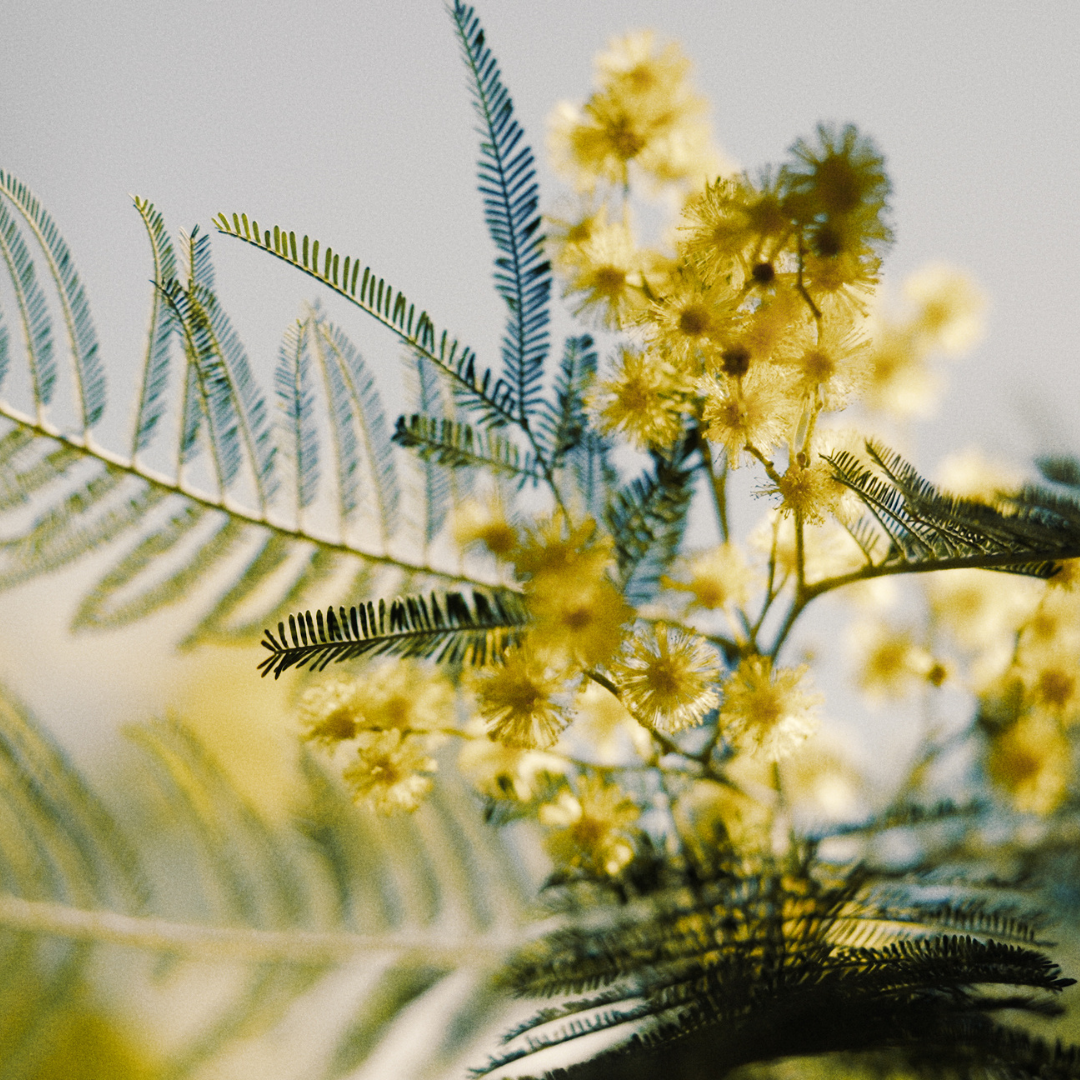Perfumery Guide #1 - Pyramid, Hold and Concentration


This article will be dedicated to three conventions of the world of perfumery: The olfactory pyramid, the hold and the concentration. We will try to lift the veil on certain recurring questions during your walks in the shop or on various websites.
First convention: The olfactory pyramids
It is often a question of top note, middle note and base note. But why do we decompose a perfume? How do we know that a note belongs to such and such a category?
You should know that a perfume evolves over time. It is for this reason that we generally advise you to wear it. You will be able to follow its evolution and discover all the facets that are gradually revealed during the day. To fully understand this phenomenon, you have to break down the formula of a perfume.
The latter is composed of several natural and synthetic raw materials which, once combined, create a unique smell, that of your fragrance. Without going into the details of molecular chemistry, this mixture of raw materials is an association of molecules which all have a more or less large structure. The shape and size of their skeleton characterize the smell that will be picked up by our olfactory receptors. These molecules therefore have a mass expressed by volatility. Thus the molecules which will have a lighter structure will have a greater volatility and will allow them to reach your nose more quickly, while the structurally heavier molecules will be less volatile and will remain fixed longer to the support.
Perfumers have therefore categorized raw materials according to their volatility to better control the evolution of their creation during their formulation. We can take for example the family of citrus fruits which are mostly categorized in the top notes, because they are very volatile. Conversely, musky notes are more complex and by definition heavier and therefore less volatile. We will prepare another article on the classification of olfactory families, don't worry!

R-Limonene:
Present in its natural state in many citrus essential oils (lemon, orange, etc.). Characteristic fresh and lemony smell.

Galaxolid:
Synthetic musk with a clean musky red fruit woody smell.
Volatility therefore structures the olfactory pyramid, but it would of course be too simple if raw materials were restricted to categorized volatilities.
To simplify, we will take the example of the rose. In general, we find the rose in the heart notes of the perfume. But the rose, as a natural raw material, is itself composed of a set of different molecules, like a perfume. This is why we can often hear that a rose is a perfume in itself. It therefore has in its composition more or less volatile molecules. This characteristic thus makes it possible to have a note of rose which arrives from the head of the perfume but which can be prolonged during its evolution. It is up to the perfumer to bring out the facets of the rose that he wants to work on at a certain moment during the evolution of his composition.

Geraniol:
One of the components of the rose with a floral rose/geranium, lemony scent.

Linalool:
One of the components of the rose with a fresh floral smell
He will thus, like a pyramid, work his perfume by taking into account the volatility of each of his raw materials so that they can express themselves throughout the life of the perfume.

With this head/heart/base system, it is legitimate to say that the more base notes there are, the longer the perfume will last.
Our second convention derives from this: holding
A major factor in ensuring that your perfume lasts the longest on your skin is the use of raw materials that have lower volatility. We often talk about woody, amber, musky notes. They therefore contribute to the duration of your perfume. Some molecules are even used only for their structure. Like a cage, they will trap the other raw materials and release them later in time. This is a more technical aspect of the profession of perfumer, who knows his friends when it comes to increasing the hold of his perfume.
The last convention, which often loses many of us: concentration
In the juice, in other words the fragrant composition of your perfume, there is fragrant concentrate, alcohol, water, dyes and other fantasies. To find your way around the percentage of concentrate in your juice, perfumers have developed a scale of values that you all know, without ever really knowing what it may correspond to. We put it back, a reminder never hurts!
- Eau de cologne between 4 and 8% perfumed concentrate
- Eau de toilette between 8 and 14% perfumed concentrate
- Eau de parfum between 14 and 18% perfumed concentrate
- Perfumes between 18 and 25% perfumed concentrate
- Extracts 25% and more
We hope that you will now see more clearly in the classification of the notes of your favorite perfumes.




